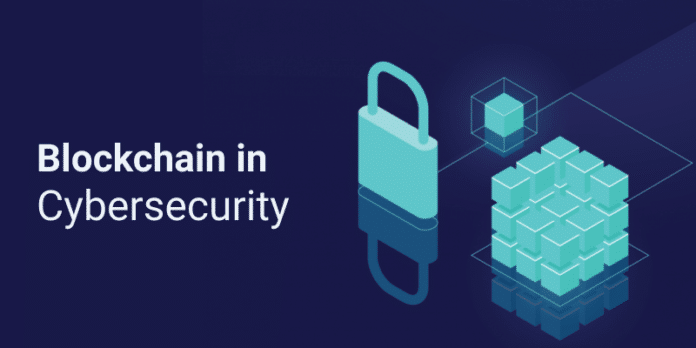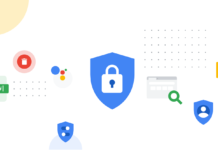Cybersecurity involves protecting computer networks, systems, and devices from data breaches and cyberattacks. Cybersecurity applies to everyone but, most importantly, businesses that deal with sensitive information like personal data and payment details. There are many forms of cybersecurity and measures of protecting yourself from hackers.
Types of Cybersecurity
Cybercriminals use different means to breach systems and corrupt information. These include malware, ransomware, phishing attacks, and social engineering. Some of the main forms of cybersecurity are application security, network security, operational security, and disaster recovery.
- Application Security: It involves patching weaknesses to ensure your applications are secure. Cybercriminals are known to attack faulty applications to penetrate networks and steal corporate data.
- Network Security: It’s concerned with protecting networks from security breaches. This can be achieved through the use of firewalls and antivirus software.
- Operational Security: It focuses on securing data assets. The assets that are protected include intellectual property, personal information, and financial statements. With operational security, the security manager will search for potential threats to your sensitive data and set up a strategy for mitigating the risks.
- Disaster Recovery: It’s essential for resuming normal operations in the wake of a cyberattack. You need to determine ways of recovering from an attack to ensure your business does not come to a standstill after a cyberattack.
Cybersecurity Trends And Statistics
1. Bitcoin’s $76 Billion Scandal
Bitcoin provides a good opportunity to execute transactions quickly and safely. This cryptocurrency is not affected by government currency rates. Many people prefer Bitcoin for illegal activities like drug trade and cybercrime. The University of Sydney conducted a study in which they claimed that Bitcoin had contributed to an illegal transaction worth $76 billion.
2. Frequent Ransomware Attacks
Experts estimate that every 14 seconds a company or individual is targeted by a ransomware attack. According to an Annual Cybercrime Report (ACR), most of these ransomware attacks are never reported. The ransomware threat is increasing due to the number of people creating social media accounts every minute.
3. Cyber-Attacks Target Small Businesses
Most small businesses suffer from cyberattacks because they have their guard down. According to a report published by Cybint, up to two-thirds of organizations have dealt with incidents like phishing, social engineering, and DDoS in the past three years. Although small businesses account for 13% of cybercrimes, they still make the smallest investment in cybersecurity.
4. Cyber Threat Costs
According to a study by the Security Intelligence Report, the average cyber-attack breach cost was $3.92 million in 2019. Nowadays, many people invest in hacking tools for as little as one dollar. Some other complementary cybercrime services are provided for free. The average IoT breach takes only 5 minutes.
How Blockchain Can Help With Cybersecurity
Blockchain is quickly gaining recognition for its cybersecurity applications. Some blockchains are capable of integrity, data confidentiality, and availability. Here are some of the security features of blockchains:
1. Security Of Private Messages
The internet has globalized the world, increasing the number of social media sites online. The number of social site apps is also on the rise. These sites generate a lot of data which is what cyber-criminals target. Many social media consumers use weak passwords to secure their accounts.
While end-to-end encryption may provide some level of security, many organizations are warming up to blockchain as a superior means of securing their data. Blockchains create security protocols that have cross-messenger communication. These chains can form unified API frameworks. If properly utilized, blockchain technologies can prevent attacks against social media platforms.
2. IoT Security
Cybercriminals use devices like routers and thermostats to access overall systems. The current popularity of Artificial Intelligence (AI) has made it easier for hackers to gain access to your systems through devices like smart switches. Many of these IoT devices have weak security features. In such cases, a blockchain can help secure the system or device through the decentralization of their administration.
The approach will enable the device to handle security decisions without assistance. When the edge devices do not rely on the administration, they are more effective at detecting suspicious prompts from foreign networks. Usually, a cyber-criminal will get into the central administration of the edge device and take over control of the system. When you decentralize the device authority systems, these kinds of attacks are difficult to execute.
Apart from blockchain technology, there are other ways you can protect your company from a data breach. These ways include:
- Creating strong passwords
- Implementing multi-factor authentication,
- Preventing access to databases
- Installing and updating antivirus software
- Using tools for cloud security to protect data
- Preventing data loss
- Performing frequent penetration testing
- Risk assessments.
The most crucial step towards ensuring the security of your business is by complying with the National Institute of Standards and Technology (NIST) or the Cybersecurity Maturity Model Certification (CMMC). These standards were established by the DoD (Department of Defense) to ensure safety against cyber-security threats.








